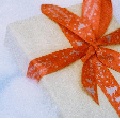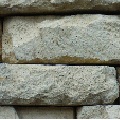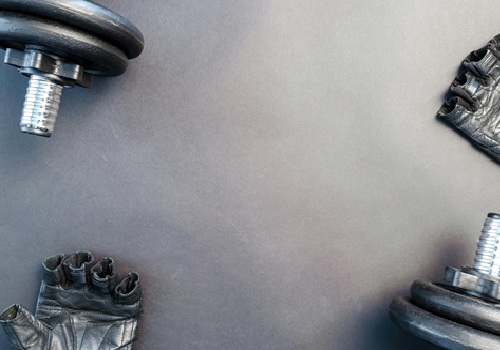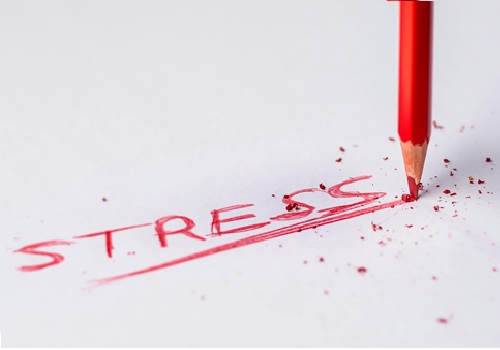What is 3D Printing?
3D printing, also known as additive manufacturing, is a process where a physical object is created layer by layer based on a digital model. Artists use specialized software to design their sculptures, which are then translated into 3D prints using a printer that can produce detailed and often intricate designs. This process can use a variety of materials, from plastics to metals, resins, and even ceramics, giving artists endless possibilities for material experimentation.
The Benefits of 3D Printing for Artists
3D printing offers a wide range of advantages to artists, making it an appealing option for creating sculptures that push the limits of traditional sculpture techniques. Some of the key benefits include:
- Precision and Detail: 3D printers can create sculptures with incredible precision, allowing artists to realize highly detailed designs that would be difficult or impossible to achieve by hand.
- Complexity of Form: Artists can experiment with shapes and forms that would be nearly impossible to create using traditional sculpting methods, including complex geometries and organic shapes.
- Cost and Time Efficiency: 3D printing can significantly reduce the cost and time required to produce sculptures, as artists no longer need to manually carve or assemble parts.
- Customization and Iteration: Artists can easily modify and iterate on their designs, creating multiple versions of a sculpture before finalizing the work. This flexibility opens up new opportunities for experimentation and exploration.
Notable Artists and Their Work
Several artists have embraced 3D printing as a medium to create stunning, thought-provoking sculptures. Here are a few notable examples:
1. Joshua Harker
Joshua Harker is often considered one of the pioneers in the world of 3D-printed sculpture. His work blends art with technology in breathtaking ways. One of his most famous works, "Crystallization," is an intricately detailed 3D-printed sculpture made from delicate layers of material. His ability to manipulate 3D printing technology has led to a series of sculptures that combine organic and mathematical elements in surreal forms.
2. Anish Kapoor
Renowned British-Indian sculptor Anish Kapoor has also experimented with 3D printing, incorporating it into his large-scale sculptures. Known for his minimalist and geometric works, Kapoor has used 3D printing to create intricate, complex surfaces and forms that challenge the viewer’s perception of space and volume.
3. Nick Ervinck
Belgian artist Nick Ervinck uses 3D printing to create futuristic sculptures that combine digital elements with traditional sculpture methods. His works often merge organic, fluid shapes with rigid geometric forms, creating visual contrasts that captivate the viewer’s attention. Ervinck’s exploration of 3D printing opens up new avenues for the future of art in the digital age.
The Impact on the Art World
3D printing has the potential to transform the art world in several significant ways:
- Accessibility: With the availability of 3D printing technology, artists from all over the world, regardless of their access to traditional sculpting tools or materials, can create intricate sculptures from their own homes or studios.
- Collaboration Between Art and Technology: As artists continue to embrace 3D printing, there is a growing collaboration between the worlds of art, design, and technology. This cross-disciplinary exchange is fostering new innovations in both fields.
- Expanding Possibilities for Art Restoration: 3D printing is also helping to restore damaged or deteriorating sculptures, allowing for the creation of replicas or preservation of historical works in new ways.
- New Artistic Movements: The rise of 3D-printed art has led to the development of new artistic movements and trends, encouraging artists to push the boundaries of form and function in their creations.
The Future of 3D-Printed Art
As 3D printing technology continues to evolve, the future of 3D-printed art is limitless. Artists will be able to incorporate even more materials, refine the printing process, and explore new techniques that will revolutionize the world of sculpture. The potential for combining 3D printing with other technologies, such as augmented reality or virtual reality, will further blur the line between physical and digital art.
In conclusion, 3D printing has already had a profound impact on the world of sculpture, allowing artists to create stunning, intricate works of art that were once impossible to make by traditional means. As the technology continues to evolve, it’s exciting to think about the innovative sculptures artists will produce in the years to come. 3D printers are not just tools for making objects—they are instruments of creative transformation, changing the way we think about art and the possibilities of artistic expression.








